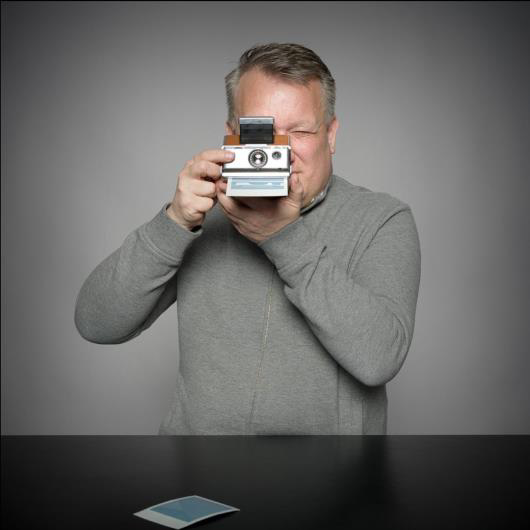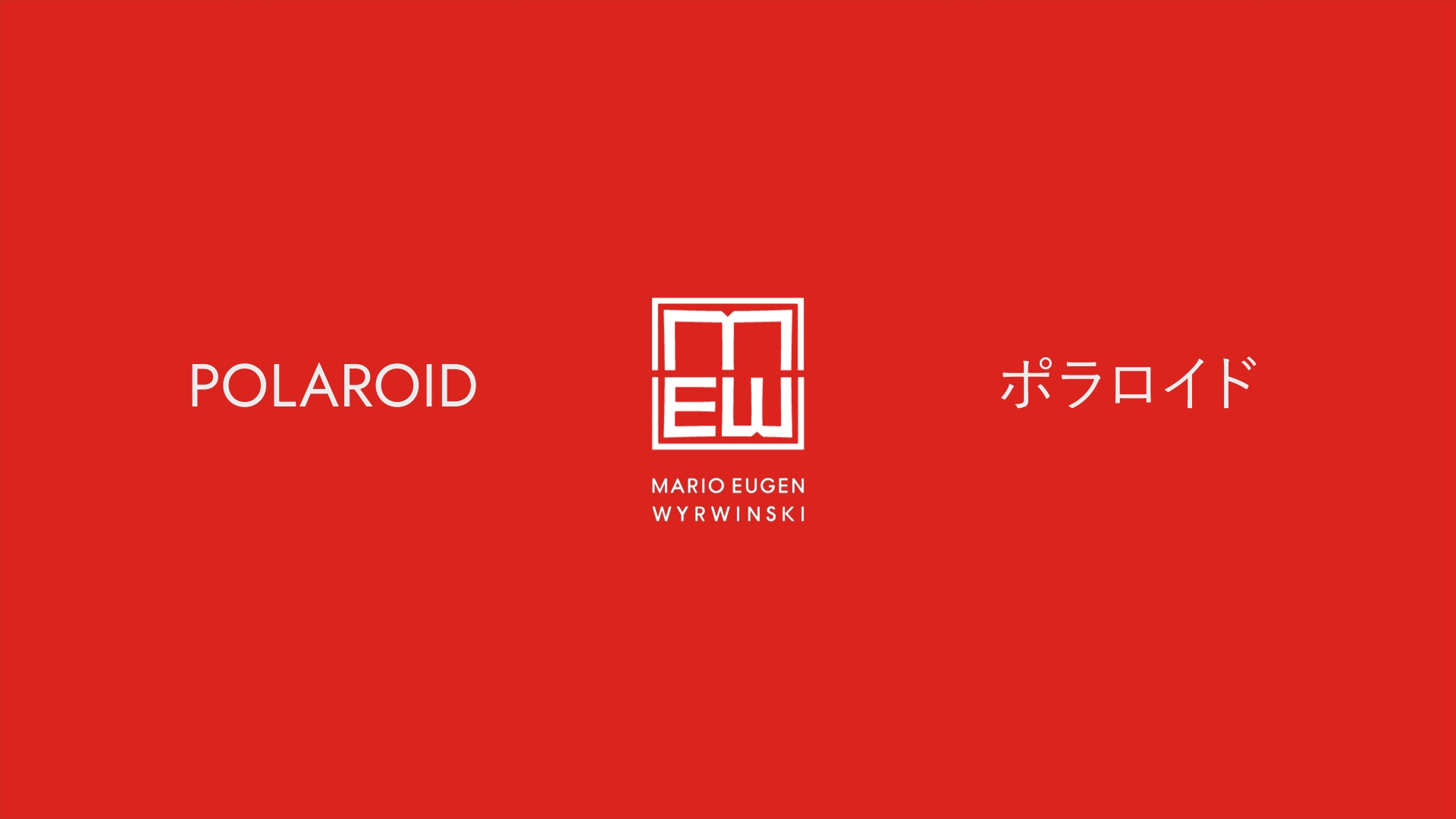
Mario Eugen Wyrwinski – collector and photographer
Despite digital and powerful smartphone cameras, a camera from the past has been experiencing a revival in recent years: the Polaroid camera is back in fashion. Vintage charm and quick photos you can touch have a very special appeal that even digital natives appreciate. One person who has been infected with the Polaroid virus for years is Berlin-based collector and photographer Mario Eugen Wyrwinski.
It all started with the cameras. There are now a few hundred Polaroid cameras in the collection, including the various land cameras, SLR 690 and numerous SX-70 models, as well as a large number of 600 models, etc. And there are technical, colour and design variants of all of them, as far as they are available. And as far as available, there are technical, colour and design variants of all of them, as well as plenty of accessories. Plus technical literature, historical film packs and advertising material. If you visit Wyrwinski’s toilet, you will find an unmistakable reference to his collecting activities: a toilet roll holder in the shape of a Polaroid camera.
However, the core of the Polaroids collection consists of images taken with the various camera types, which number in the tens of thousands. In addition to Polaroids created by well-known photographers such as Roger Ballen from Johannesburg and Renée Jacobs, who lives in the south of France, there are above all everyday and everyday photographs taken by people unknown to him in Europe, the USA and Asia over the past decades, including pictures of cats and garden parties, carnival parades, sporting events, decorated Christmas trees and shop window displays. Landscapes, architecture, babies and portraits, masses of faces and bodies of anonymous people looking into the camera or photographed without their knowledge can also be found in the collection. Mario Eugen Wyrwinski has compiled a Polaroid-based archive of everyday images whose motifs, spread out in front of you, have the maelstrom effect of a pre-digital Instagram feed. The only difference is that, unlike Instagram, there is no censorship of nudity, which can also be found in the collection, as it was easy to take undressed pictures of your lover with an instant camera without having to send the film to the lab to be developed. In the pre-digital era, Polaroid was always private if you wanted it to be.
Polaroid nude photography is also the focus of Mario Eugen Wyrwinski’s own artistic work. Trained by the examples of Japanese masters such as Nobuyoshi Araki and Daido Moriyama, of whom he also owns originals, he has been photographing female nudes in studio situations and in the great outdoors for several years. He is more interested in expressive types than classic beauties, and more in bizarre settings, stagings and masquerades than pure nudity. For his portraits, he uses the entire range of available Polaroid cameras and films, including the 8‘ x 10’ large format. In 2023, he was also lucky enough to be able to use one of the rare 20‘ x 24’ cameras still in use for a series of pictures, which was in Berlin at the time before being sent to China. Some of these photographs, which have a very special aura due to their size alone, were exhibited in an exhibition at the Garten of the Zodiac Gallery in Omaha, Nebraska, at the Tokyo Art Museum in the year they were taken, and in 2025 in the ‘Polaroids’ exhibition at the Helmut Newton Foundation in Berlin.
Mario Eugen Wyrwinski is currently also focussing on experimental Polaroid photography. Polaroid images are processed, alienated and manipulated using chemical substances, heat and cold, pressure and other techniques during or after the development phase. In terms of motifs, this series of works develops freely; in addition to nudes, landscape shots, still lifes and abstractions are also used.
